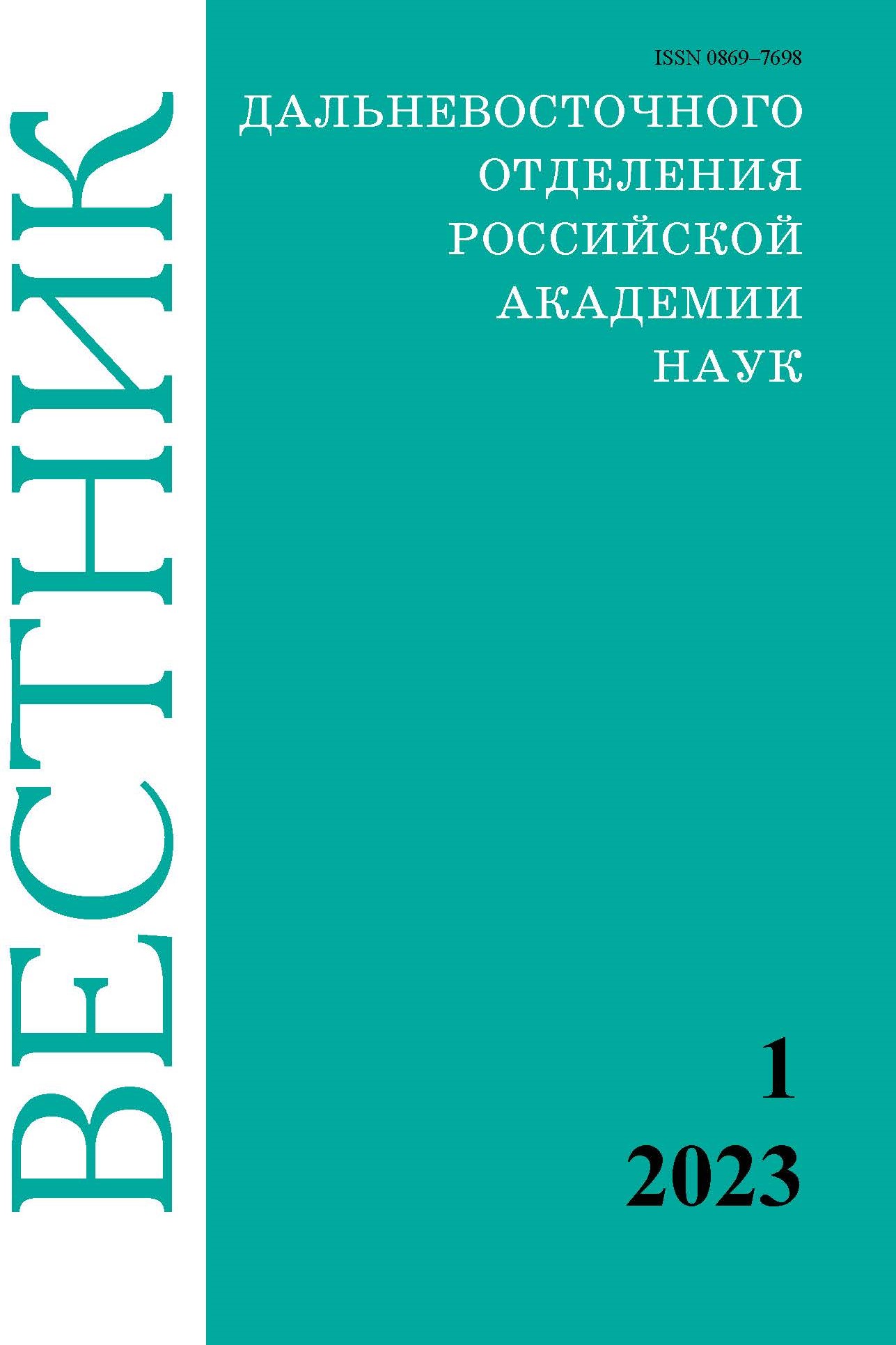Adaptability of forage crops in the conditions of the Kamchatka Territory
Keywords:
fodder crops, vetch, galega, alfalfa, clover, adaptability, stress resistance, ecological plasticityAbstract
The results of the evaluation of 30 varieties of four fodder crops in the conditions of the south-eastern region of the Kamchatka Territory in terms of adaptability, stress resistance, compensatory ability, phenotypic stability index and ecological plasticity calculated by the green mass yield indicator are presented. The maximum average yield of the green mass of meadow clover, and consequently the highest index of environmental conditions were obtained in 2015 (the first year of use), with an atypically short duration of sunshine (-24.7 %) for the region and increased precipitation (+48.1 %). The highest productivity and the index of environmental conditions of spring vetch, Eastern galega and variegated alfalfa were noted in 2016 (the second year of use on perennial crops) with an atypically high amount of active temperatures (+22.3 %) and precipitation (+45.0 %) for the region. The most adaptive and productive fodder crop for an unstable climate is meadow clover. Adaptive varieties of legume crops with high yield of green mass, stress resistance, compensatory ability, phenotypic stability index and ecological plasticity include: spring vetch variety Uzunovskaya 91 (spring vetch), Yalginsky (Eastern galega), Sarga (variegated alfalfa), Vityaz (meadow clover).


